Most Popular
Eye Plus
In the forest of the Soswaewon garden in Damyang, South Jeolla Province, there stands a colony of bamboo trees that symbolize the pride of the “seonbi,” the noble scholars of the Joseon era (1392-1910).
Standing upright and reaching straight toward the sky, bamboos were seen as a symbol of dignity and the principles of the scholars.
Built in the 16th century by Yang San-bo, the garden functioned as a place where great scholars of the time interacted with each other, discussing politics and scholarly ideas.
Yang built the place after he abandoned his worldly ambitions. This was after his teacher Jo Kwang-jo was exiled, embroiled in a political scandal that resulted in the downfall of many scholars.
The garden’s name symbolizes Yang’s ideals, as “soswae” means “clean and purified.”
Less than a kilometer away is the Sigyeongjeong pavilion, built by another 16th-century scholar, Kim Seong-won, for his teacher and father-in-law, Im Eog-ryeong. Designated an official heritage site on the provincial level in 1972 and nationally in 2009, it is acclaimed for its beauty.
The pavilion is known to have inspired several renowned Joseon poems, including “Seongsan Byeolgok” by one of Im’s best-known pupils, Jeong Chul. The poem praises Kim Seong-won and also speaks of the beauty of the changing scenery around Sigyeongjeong.
Im and three of his pupils -- Kim, Jeong and Go Kyung-myeong -- wrote a 20-verse poem about Sigyeongjeong, which describes 20 beautiful sites found in the Seongsan area in Damyang.
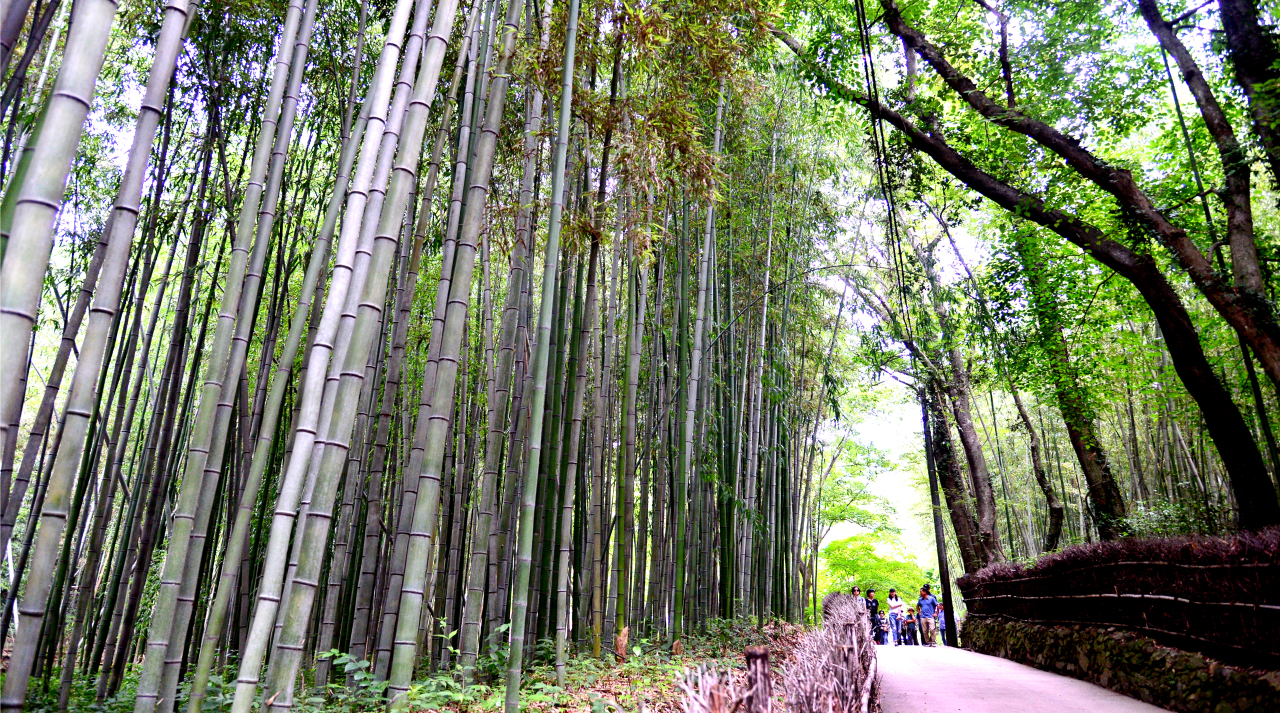
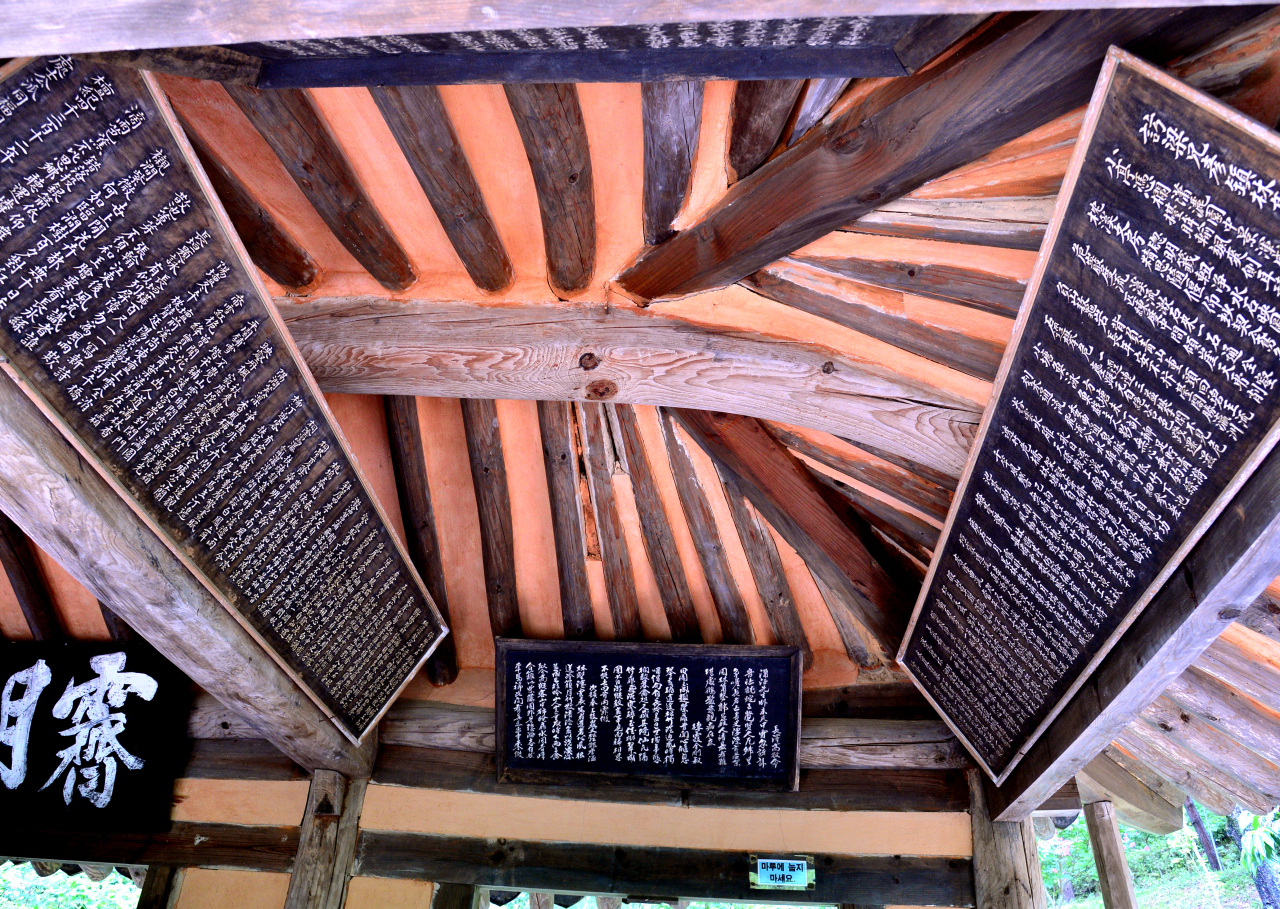
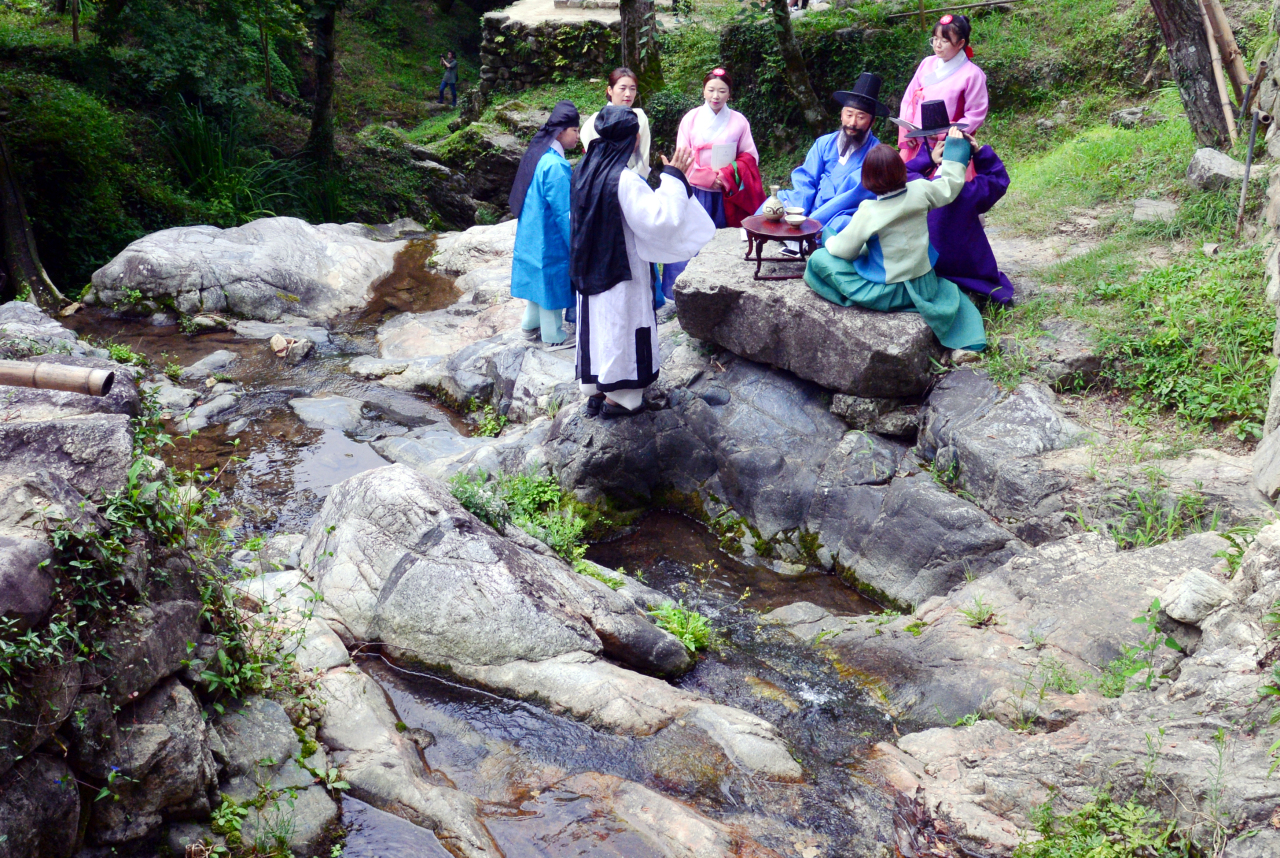
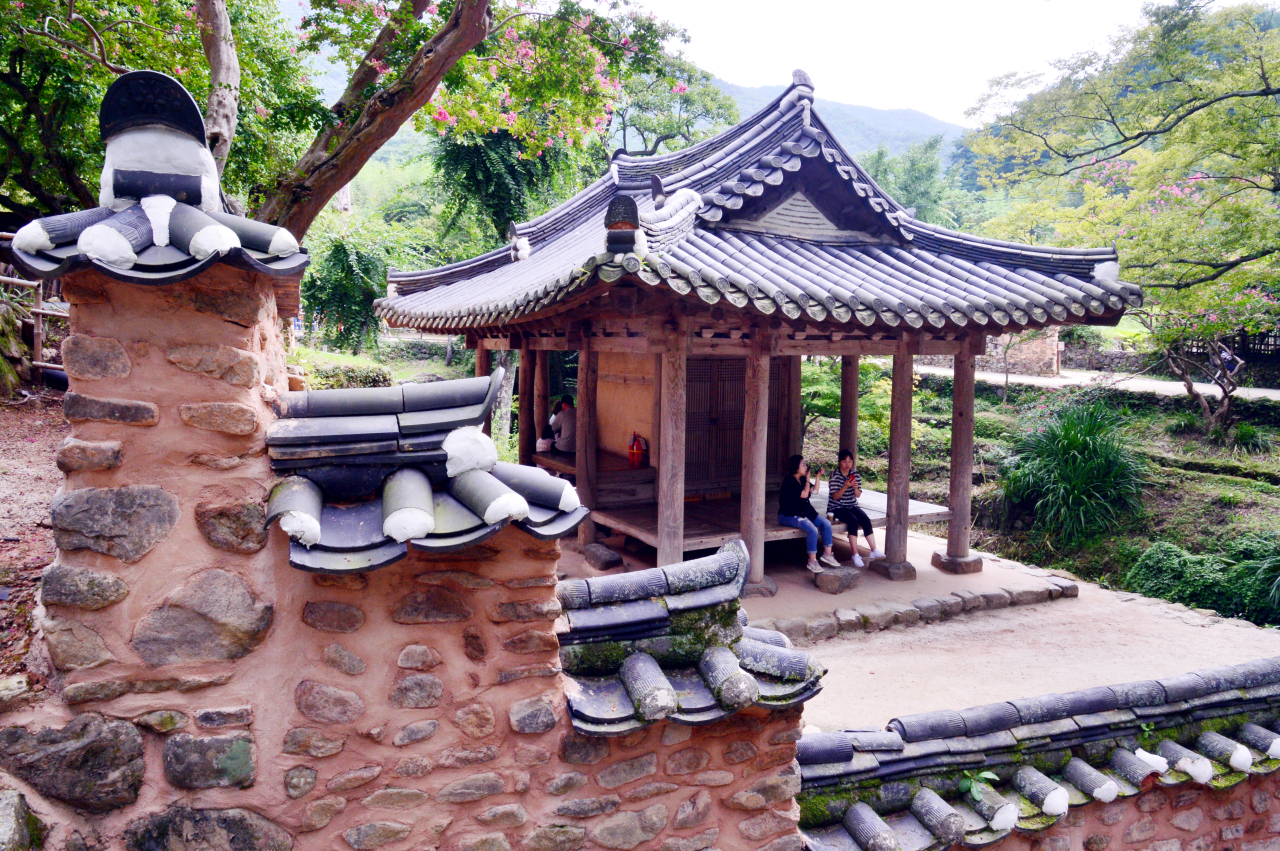
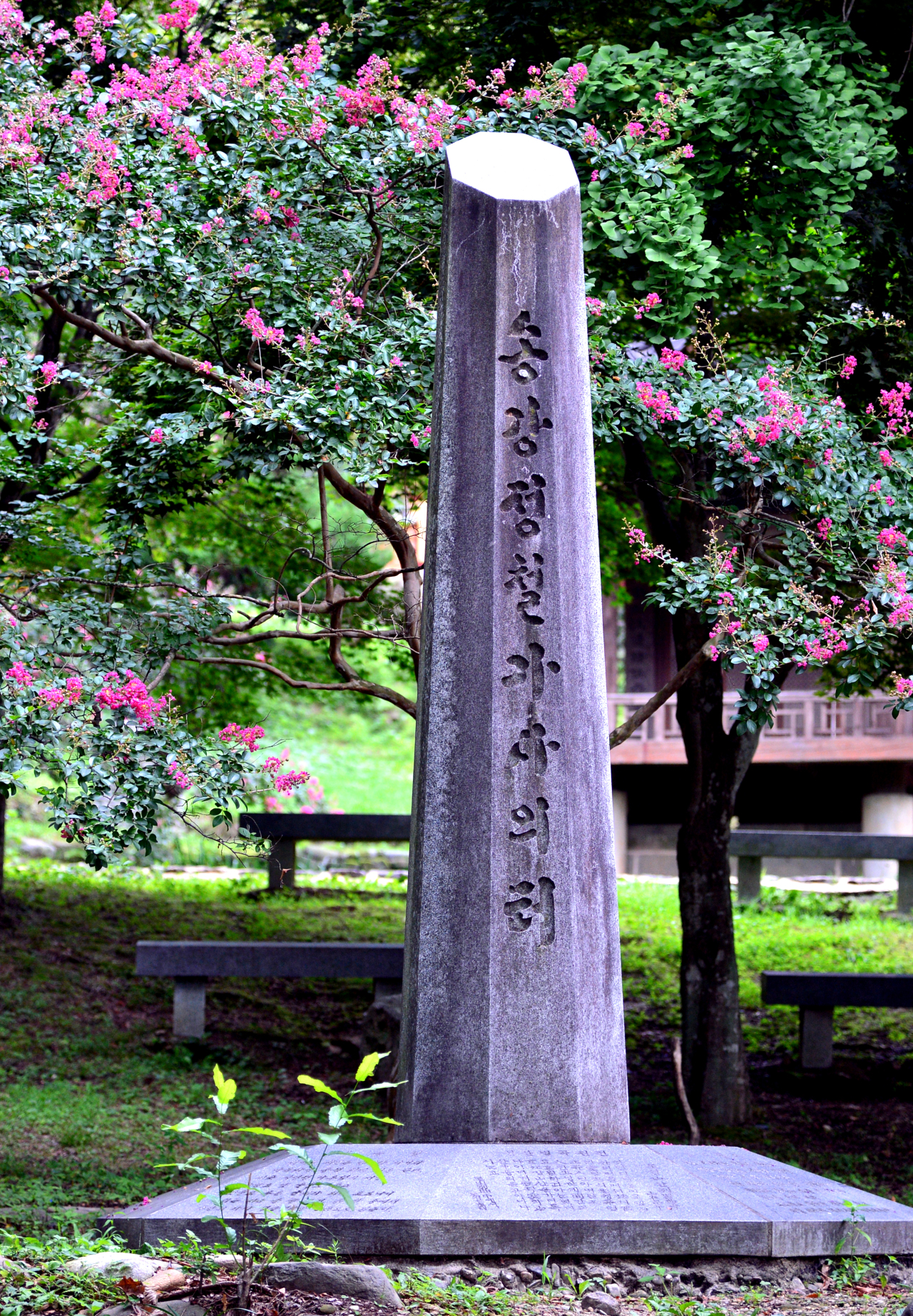

Photographed by Park Hyun-koo
Written by Yoon Min-sik
Standing upright and reaching straight toward the sky, bamboos were seen as a symbol of dignity and the principles of the scholars.
Built in the 16th century by Yang San-bo, the garden functioned as a place where great scholars of the time interacted with each other, discussing politics and scholarly ideas.
Yang built the place after he abandoned his worldly ambitions. This was after his teacher Jo Kwang-jo was exiled, embroiled in a political scandal that resulted in the downfall of many scholars.
The garden’s name symbolizes Yang’s ideals, as “soswae” means “clean and purified.”
Less than a kilometer away is the Sigyeongjeong pavilion, built by another 16th-century scholar, Kim Seong-won, for his teacher and father-in-law, Im Eog-ryeong. Designated an official heritage site on the provincial level in 1972 and nationally in 2009, it is acclaimed for its beauty.
The pavilion is known to have inspired several renowned Joseon poems, including “Seongsan Byeolgok” by one of Im’s best-known pupils, Jeong Chul. The poem praises Kim Seong-won and also speaks of the beauty of the changing scenery around Sigyeongjeong.
Im and three of his pupils -- Kim, Jeong and Go Kyung-myeong -- wrote a 20-verse poem about Sigyeongjeong, which describes 20 beautiful sites found in the Seongsan area in Damyang.






Photographed by Park Hyun-koo
Written by Yoon Min-sik









![[Kim Seong-kon] Democracy and the future of South Korea](http://res.heraldm.com/phpwas/restmb_idxmake.php?idx=644&simg=/content/image/2024/04/16/20240416050802_0.jpg&u=)




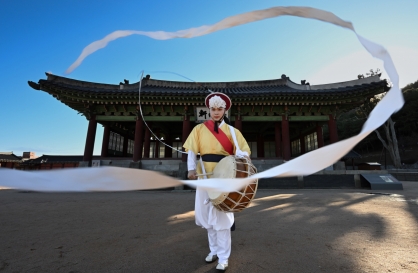
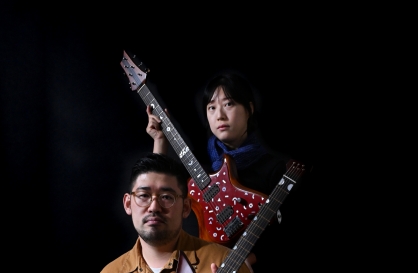
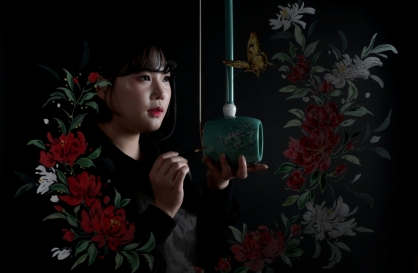
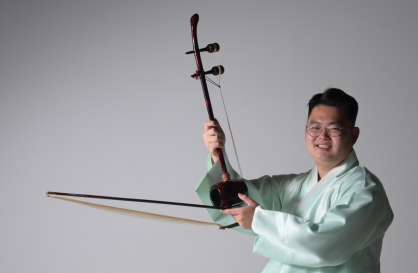





![[KH Explains] Hyundai's full hybrid edge to pay off amid slow transition to pure EVs](http://res.heraldm.com/phpwas/restmb_idxmake.php?idx=652&simg=/content/image/2024/04/18/20240418050645_0.jpg&u=20240418181020)

![[Today’s K-pop] Zico drops snippet of collaboration with Jennie](http://res.heraldm.com/phpwas/restmb_idxmake.php?idx=642&simg=/content/image/2024/04/18/20240418050702_0.jpg&u=)